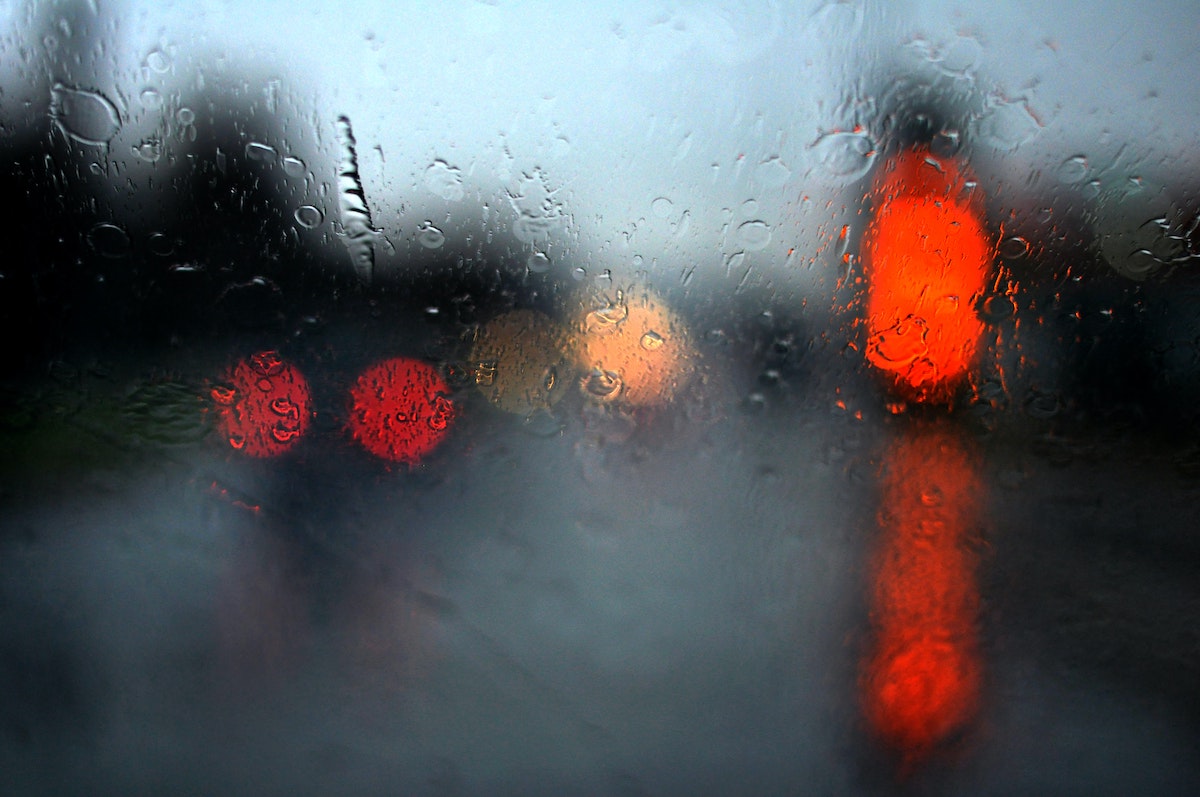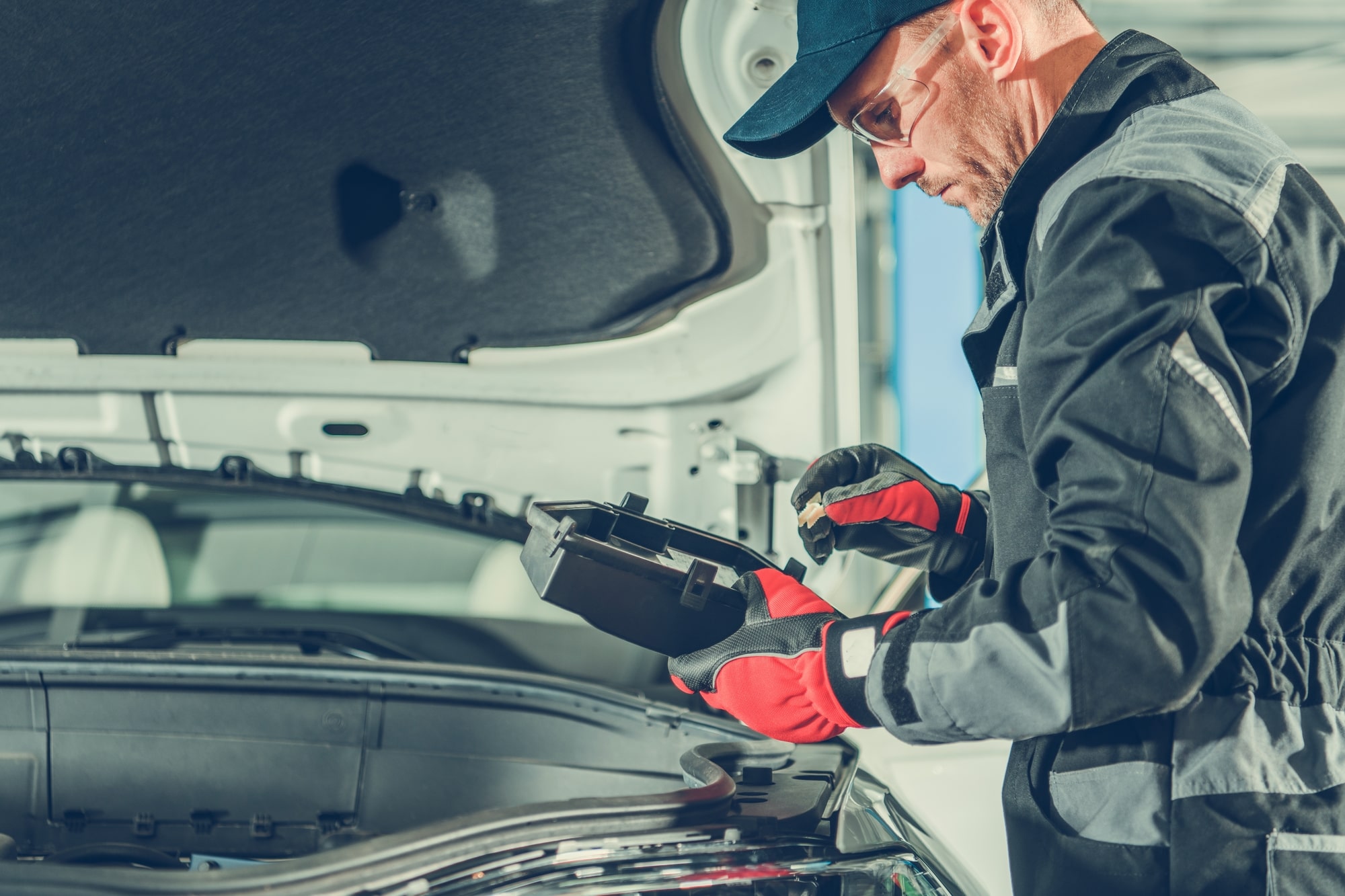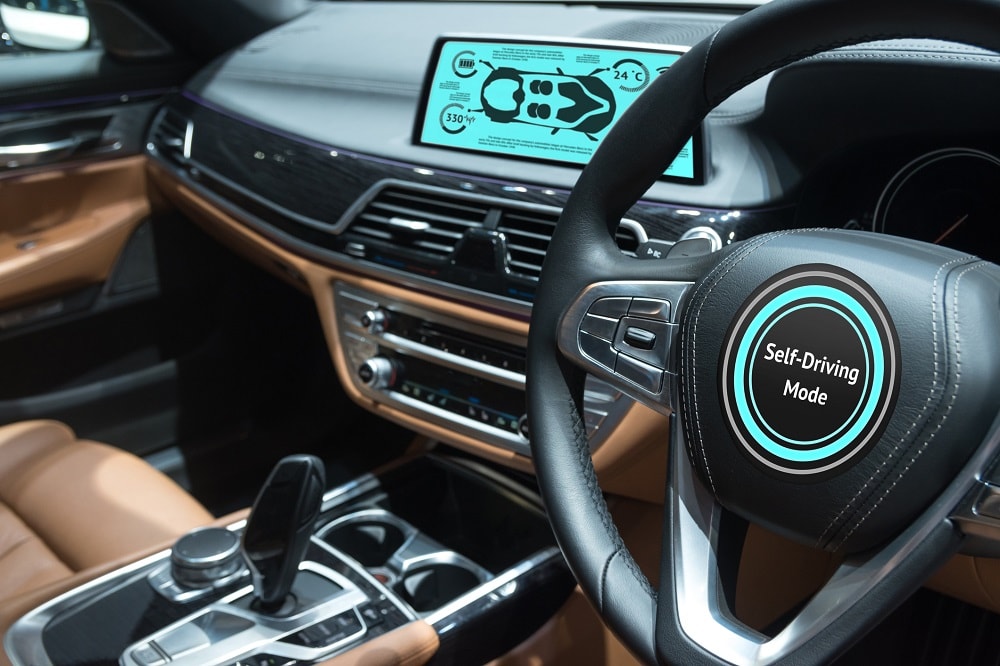One of the biggest challenges of driving is learning to navigate your vehicle in less-than-ideal weather. Even when conditions are favorable, driving can be tricky because of other motorists’ bad habits. But when a sudden shift in temperature or wind brings about fog, rain, snow, or ice, a pleasant commute can quickly turn stressful. And while some may argue that snow or ice is the most dangerous type of weather to drive in, statistics prove otherwise. So what is it? Well, the answer might surprise you.
What Is the Most Dangerous Weather to Drive In?
Across the U.S., weather-related accidents account for nearly 1.2 million car crashes annually. Yet most of those crashes stem from one weather element: rain.
According to the U.S. Department of Transportation, 75% of weather-related auto accidents happen on wet pavement, and 47% occur when it’s raining. Why? As the falling water hits the streets, it mixes with built-up oil residue and creates slippery driving conditions for motorists. But this isn’t the only danger of driving in the rain. Additional factors can make rain unsafe for drivers, some naturally occurring and others caused by negligence.
The condition of your tires can also lead to hydroplaning when driving in the rain. Inadequate tire traction can reduce vehicle performance, making you more vulnerable to losing control of your vehicle. Without having a solid grip on the street, your tires can lose contact with the pavement and cause you to spin out.
Accidents can also occur when motorists change lanes in the rain without warning. Should another driver cut in front of you unexpectedly, you may react by slamming on your brakes because you don’t have enough time to respond appropriately. As a result, you could lose control of your car, or the driver behind you could rear-end you. Even if you are a seasoned driver, panicking because of someone else’s poor decisions is possible.
So what can you do to help prevent accidents from occurring while driving in severe weather like rain? Let’s look!
How Can You Stay Safe When Driving in Rain?
Sometimes, the best way to keep yourself safe during a rainstorm is to stay off the road. But pulling over isn’t always possible when caught in bad weather while driving. Should an unexpected situation arise, consider these 10 tips to help keep you and your passengers safe when traveling in dangerous weather :
- Turn on your headlights or hazards.
- Turn off cruise control.
- Decrease your speed by moving your foot off the gas pedal.
- Increase your following distance.
- Avoid breaking quickly.
- Bypass standing water when possible.
- Keep both hands on the wheel at all times.
- Maintain proper ventilation to prevent windows from fogging.
- Be mindful of other drivers when changing lanes or merging.
- Wait until you can pull over to send a text or make a phone call.
Will a Vehicle Protection Plan Keep You Safe on the Road?
Although an extended can warranty cannot prevent roadside emergencies or dangerous driving conditions, having one can help cover the cost of a mechanical breakdown. Your investment with a dedicated warranty provider can give you the coverage you need to keep your car operating at peak performance. Depending on the company you choose, you could also benefit from a plan that includes preventative maintenance like:
- Oil and filter changes,
- Brake pad and wiper blade replacements, and
- Tire rotations.
In addition, you can rest easy knowing your coverage supports you when an unexpected road hazard like a pothole or nail causes tire damage. Access to 24/7 roadside services will help get you back on the road quickly, whether in your vehicle or via a rental.
Explore our top providers today by visiting our reviews page to learn what these companies can offer you.





